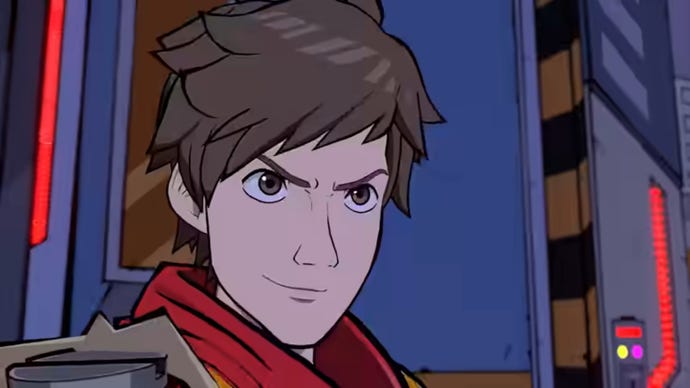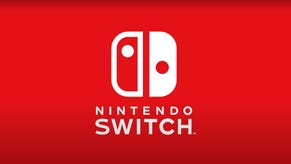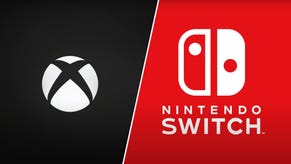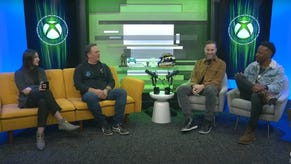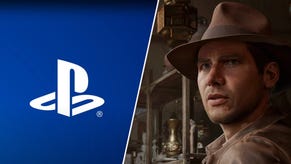Hi Fi Rush struck a chord with its Game Pass stealth drop – here’s how Tango Gameworks made music matter
Director John Johanas speak to us about the origin of the idea, the gruelling task of using licensed music , and Game Pass.
Hi-Fi Rush is brilliant. That's our review. Consider it a brief follow up to our initial impressions piece from earlier this year. Back then, Alex Donaldson stated it could be one of the best games of the year. Months later... he's still right.
If there's on thing that's on repeat in my head even now, it's the amazing work the ensemble at Tango Gameworks did when it comes down to the game's relationship with music. It's not just a soundtrack; it's core to the game. A true rhythm game that goes beyond slapping notes on queue and forcing you to jab at the buttons in 4/4 time.
To find out more about the process of getting the flow and the feel of interactive rhythm right (where numerious other games have fumbled the concept), I sat down and had a chat with game director John Johanas about all things musical in Hi-Fi Rush, and asked about the challenges and triumphs of getting a high score to work in this infamously difficult genre.
“It’s an idea that I’ve always had," Johanas states. "I liked playing music when I was growing up. There’s a visceral feeling to playing a live show, or seeing a live band, where you hear music and the soundwave hits you. Even if you’re in a crowd and jumping with everyone, there’s an energy there.”
It's this feeling that inspried the initial concept of Hi Fi Rush. Throughout all his work Johanes says that aligning music with gameplay is something that's "in my DNA", and with Hi Fi Rush he wanted to create a game where the player actually performs the actions along with the music, something he beleives is lacking from many rhythm games.

This spawned the idea of an "over the top action game like Devil May Cry or Bayonetta," but one where everything synced up to the music. Once approved and pushed into the prototype stage, Johanas states that his team were surpisingly clsoe to nailing that feel on the first try. The attacks, background, UI: all on beat. All carrying that steady heartbeat. Once polished, Tango could begin building the game proper.
Johanas explains that the trick to getting the feel right was working from the end result, backwards. “When a lot of people think of rhythm games they think ‘press the button to the music’. We didn't start there - we started with the idea that the attack will hit on the beat. Because that feels good! When the punch or kick lands on the beat that feels good, and we’ll have a sound effect that’ll play there to make it feel like it was all on queue.”
“The tricky bit was figuring out where to press the button. In a rhythm game the moment you press a button a sound is played and you get that instant gratification. We learned we had to interpolate animations so that depending on when you do an attack, it will always end on a beat. So in a weird way, you’re never punished for playing off the beat.”
"But we also wanted to reward players for actually playing on the beat, and it sounds obvious in hindsight, but we added lots of responses for when you do actually press buttons on the beat. You can see it in game with lights pop up on the ground, the UI flashing, and the audio going yeah!"
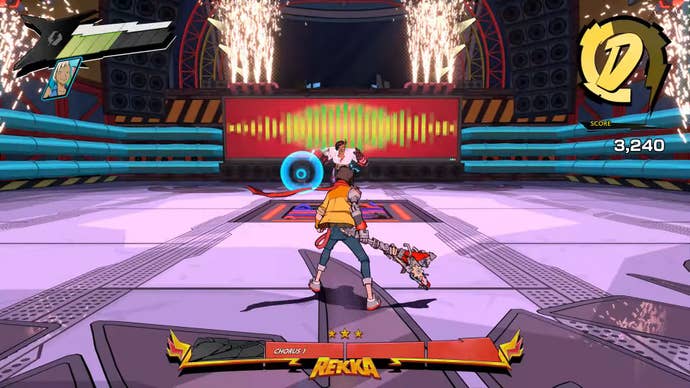

But starting with the musical rock fantasy and working backwards brings its own set of challenges; do you figure the tracks out first, are the BPM and tempo of the levels figured out afterwards? Or are all the stages built around the songs? It turns out it all depends on one factor: was the music liscened or not.
Johanas breaks it down. "For original tracks, levels were made in graph form and structured like a song. The stage has an intro, the first verse is traversing the level, and the first fight is the first chorus. That's why the fights are called choruses in-game."
"Licensed music was trickier. I made a playlist of licensed tracks that we’d like to use (and you never know if you’ll be able to use them or not because licensing music is a literal hellhole of talking to lawyers, conversations, and iceberg-paced negotiations). We knew we couldn't start creating parts of the game before we actually had the song. But we did have a general idea for where we wanted to use licensed music… we had the genre and the theoretical song that we wanted to use, then we just had to pray the song we go through (laugh)."
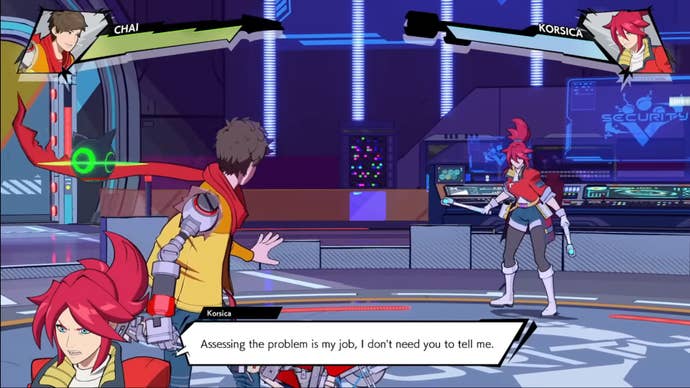
Suffice to say, not every requested track made the final product. Johanas wasn't willing to spill the beans on potential would-be tracks, just in case they want to work with said artists for future projects, but stated with a shrug: " I do understand that we were a new IP and we were being very cautious to describe what it was - it would be hard for some artists to understand what it is. It’s not Guitar Hero or something like that!"
The result of this is not just a rhythm game that truely nails the harmony between music and gameplay, but one that has done absurdly well in both the eyes of Tango Gameworks and Bethesda, according to Johanas. He also noted that the team are particularly happy that peopel are able to "stumble upon it", and credits Game Pass as a great avenue for would be melee musicians to stumble across the game now and in the future.
